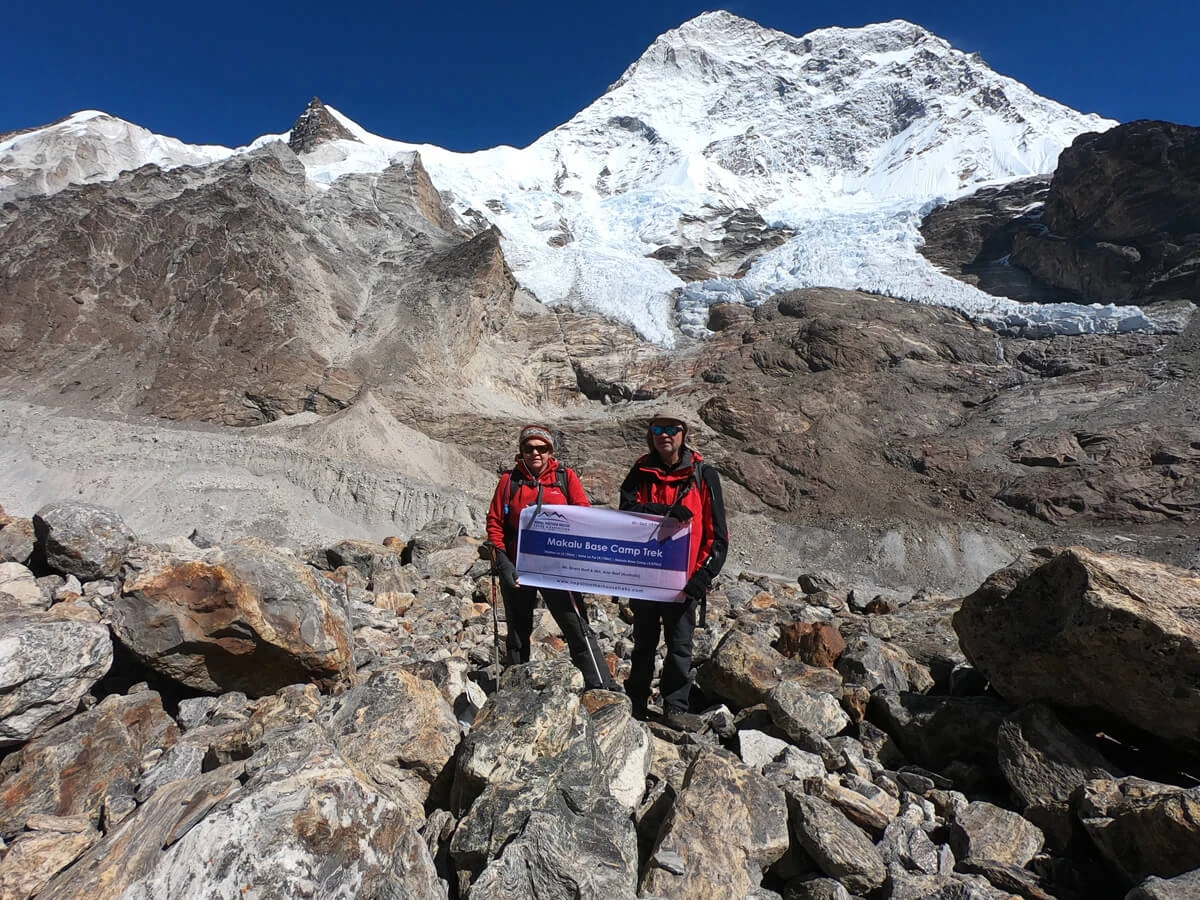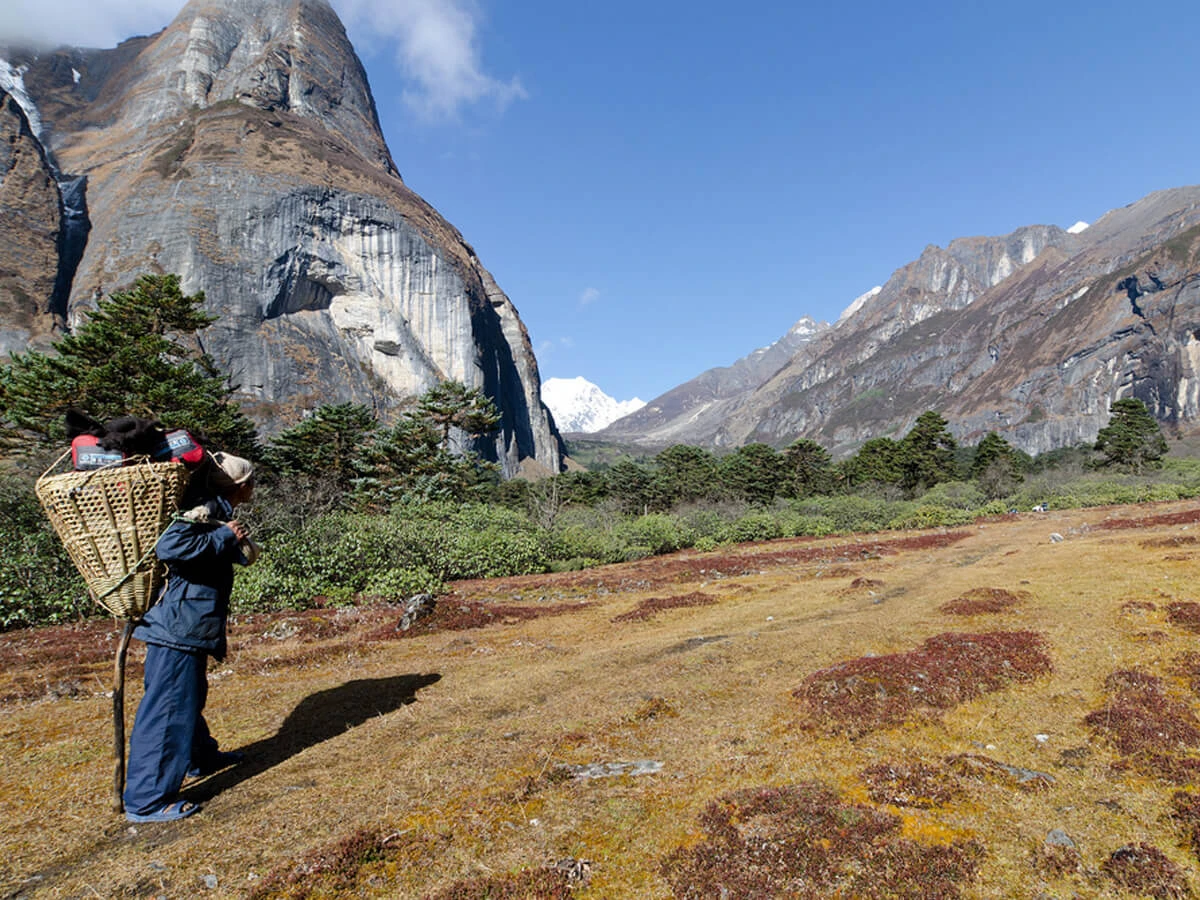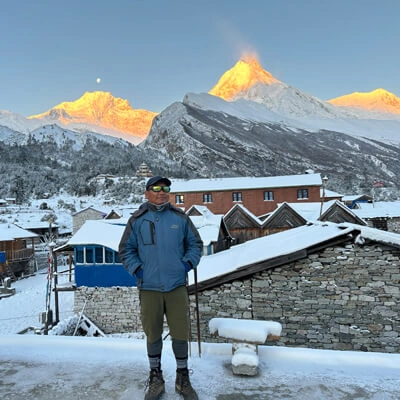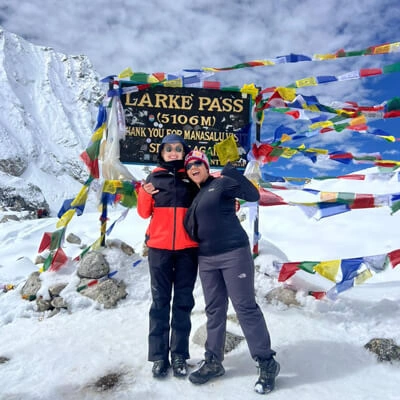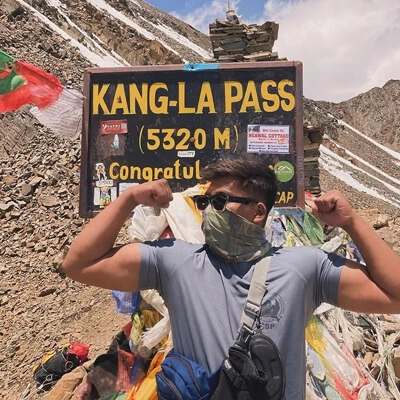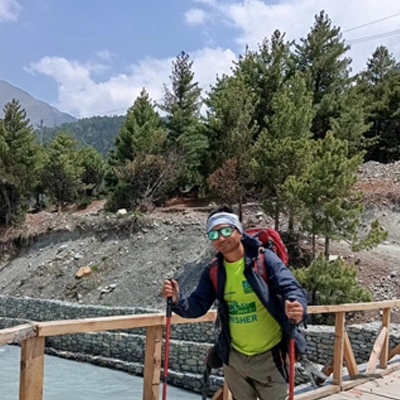Sherpani Col trekking is also known as the Three Col trek and is truly an amazing trek to a remote and wild region of the Great Himalayas trail, which starts from Tumlingtar, east of Nepal, with a regular flight or a helicopter ride depending upon the weather conditions. The trail heads upstream along the Arun River over the terraced fields and villages to arrive at Chichiri. We leave the principal trail and cross the Arun River to Tashi Gaon. We head off upstream to Makalu Base Camp. At that point, we cross the 3 challenging cols of the Sherpani Col pass (6,110 m), the west col (6,135 m), and Mingbo-La (5,817 m). Throughout this trek period, you will have brilliant perspectives of the mountains, for example, Kanchenjunga, Makalu I, Makalu II, Jannu, Baruntse, Lhotse, Everest, Ama Dablam, Pumori, and Thamserku. From Baruntse Base Camp, this trek proceeds through troublesome passes like Mingbo-La, for which we require no less than a line of 300 m of settled rope to slip, and the trek closes at Lukla.
Nepal Mother House serves the client with excellence at an unrivaled level, which is what makes us one of our favorite companies today. For the settlement, we have been providing every possible service and facility to make their journey happy and delightful. Throughout the Makalu Sherpani Col trek, we take care of each and every need of our respective clients. Our outdoor cook is overall prepared and confirmed by the Nepal Academy of Tourism and Lodging Management. Being a country in the Himalayas, it’s evident to have testing tracks, high-height issues, weather, and different conditions; any of the aforementioned scenarios is enormous enough to destroy your outing. Heading around the steep knolls and rough tracks is not the work of normal climbers and trekkers. We have been furnishing local pioneers and staff working in this field splendidly for long years to overcome extreme challenges and make your excursion a resplendent memory. They are prepared and decently guaranteed by the Government of Nepal.
Our qualified trekking staff is profoundly equipped with medical aid for our visitors. We never trade off offering well-being to our staff; in this way, we give protection and restorative administrations throughout the trek and recompense when required, particularly to porters, kitchen parts, and others. Come and join us at Makalu Sherpani 3 Cols trekking for a lifelong pleasant memory, as we believe in our Excellency.
Highlights
- Situated in the eastern part of Nepal, between Sagarmatha and Makalu-Barun National Parks.
- Seven valleys spread out from Mt. Makalu, the world's fifth-highest peak.
- A challenging and outstanding trek in the eastern part of Nepal.
- Makalu Base Camp to the Khumbu Region via Sherpani 3 Cols.
- Most remote and unfrequented real adventures trekking route.
- Amazing views include the top of the world, Mt. Everest (8,848.86 m), Makalu, and others.
- Cross Shipton La (4,210 m), Sherpani Col (6,110 m), West Col (6,135 m), and Amphu Laptsha (5,845 m).
- Scenic flight Kathmandu to Tumlingtar and end Lukla to Kathmandu.

